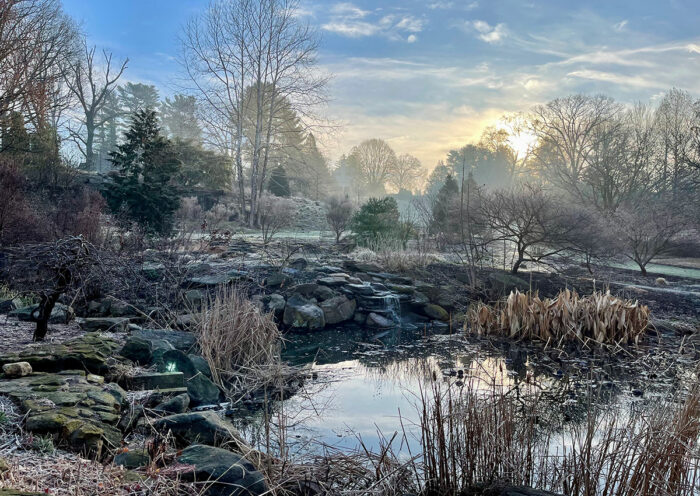
It is tempting to think of winter as a time of hibernation, but these seemingly quieter moments can be the time when a garden’s most significant changes take place. With annuals and perennials removed or dormant, each of us has the freedom to revisit our garden’s foundations and decide if we still agree with our most fundamental decisions. Winter is a time to ask questions, check our notes, and answer the questions that have come up over the past seasons. Paired with inspiring images from Chanticleer, the public garden where I work, here are some prompts to get your creative process started.
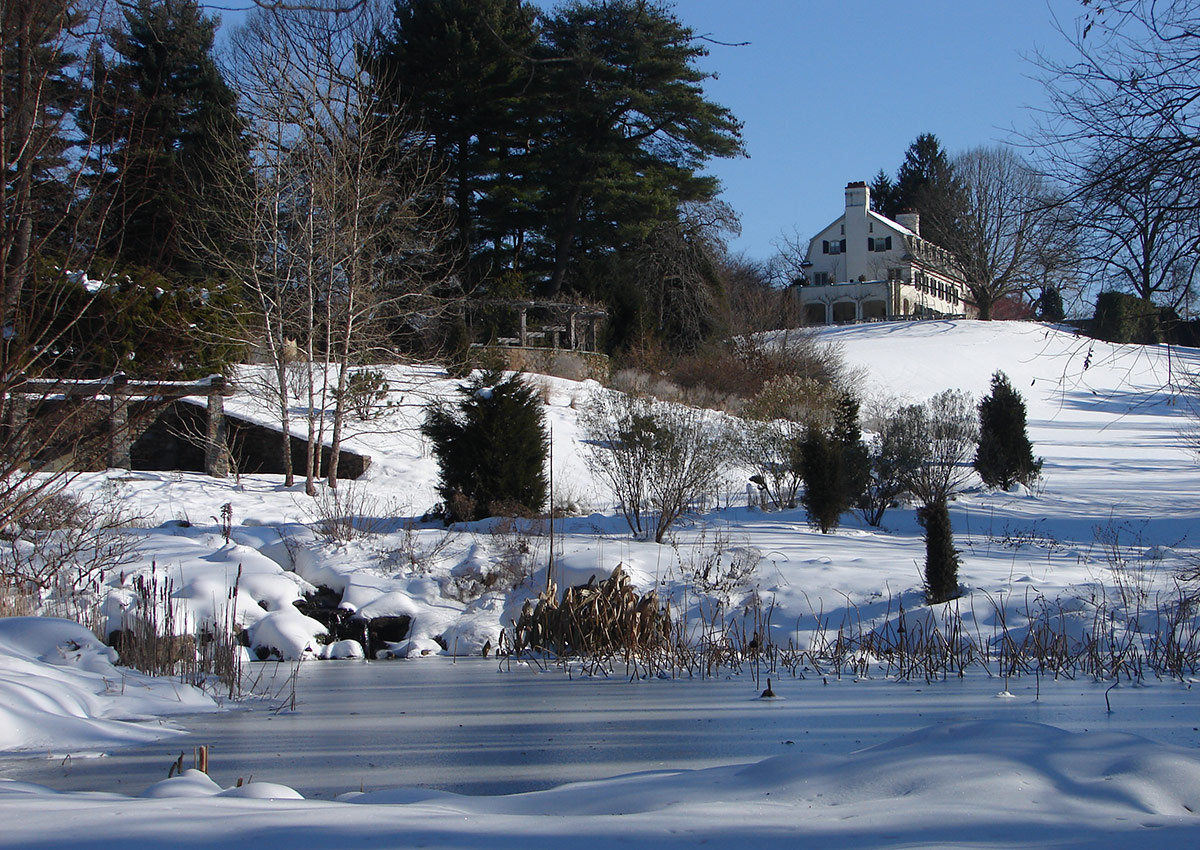
Use fresh snow for sketching
If you live in a climate with an appreciable amount of snowfall, a fresh blanketing can create an ideal opportunity to challenge your garden’s architecture. In the picture above, the paths and bed edges have been erased entirely. Looking at the topography, shrubs, and trees with fresh eyes, how might we imagine those lines falling? Draft your ideas out into the fresh snow by walking the paths that feel right to you, and evaluate your footprints. Get creative, and be sure to flag out your favorite curves before the snow thaws, lest your new intentions melt with the seasons.
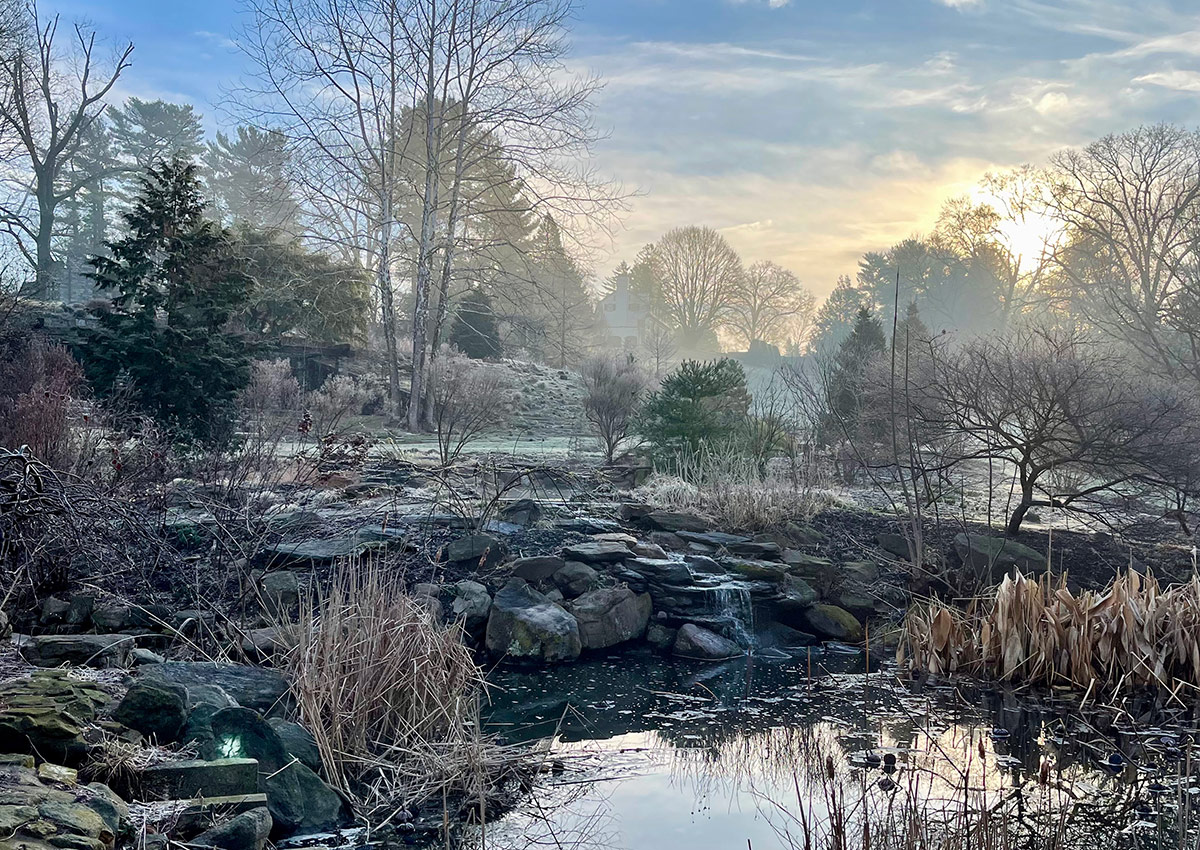
Anchor your shadows with evergreens
Changing bed layouts and path designs can be rewarding, albeit heavy, work; however, altering contours is not the only way to sculpt the winter landscape. With the leaves off the trees, use this time to consider your evergreens, the backbone of the plant palette that guides the eye between light and dark. Do the weights of these shrouds seem balanced? If not, perhaps you will consider adding or deleting some plants to frame your desired room or view. Remember that “evergreen” doesn’t simply refer to conifers. Broadleaf evergreens such as holly (Ilex spp. and cvs., Zones 5–9), shrubs such as doghobble (Leucothoe spp. and cvs., Zones 5–8), and even low-growing evergreen sedges (Carex spp. and cvs., Zones 6–9) are just as essential to shaping vistas as their taller cohorts. With this framework of shadows in place, adding your seasonal highlights may feel more like coloring between the lines.
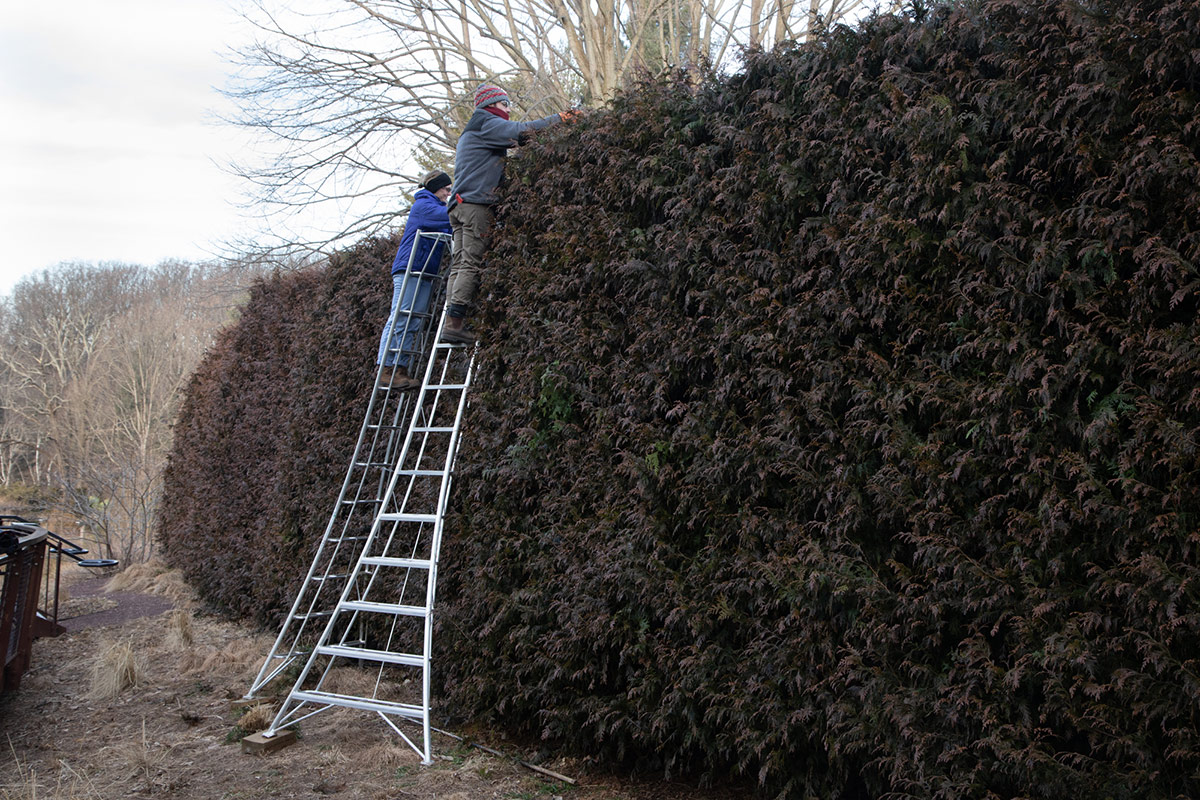
Embrace the Zen of pruning
Pruning is intimidating to a lot of gardeners, and maybe rightfully so. Certain fruit trees, vines, and shrubs require specific pruning protocols, while other plants resent being touched at all. However, a deeper understanding of pruning can introduce a new layer of style to your garden and inform your understanding of plant health. With the deciduous plants freshly denuded, spend some time considering their forms. How do they branch? How much do they grow in a year? Can you respect a plant’s form and make it more reactive or participatory with the rest of your garden? You don’t have to make any cuts this season, but start listening to the plants. When you understand their rhythms, you will suspect how and when to intercede.
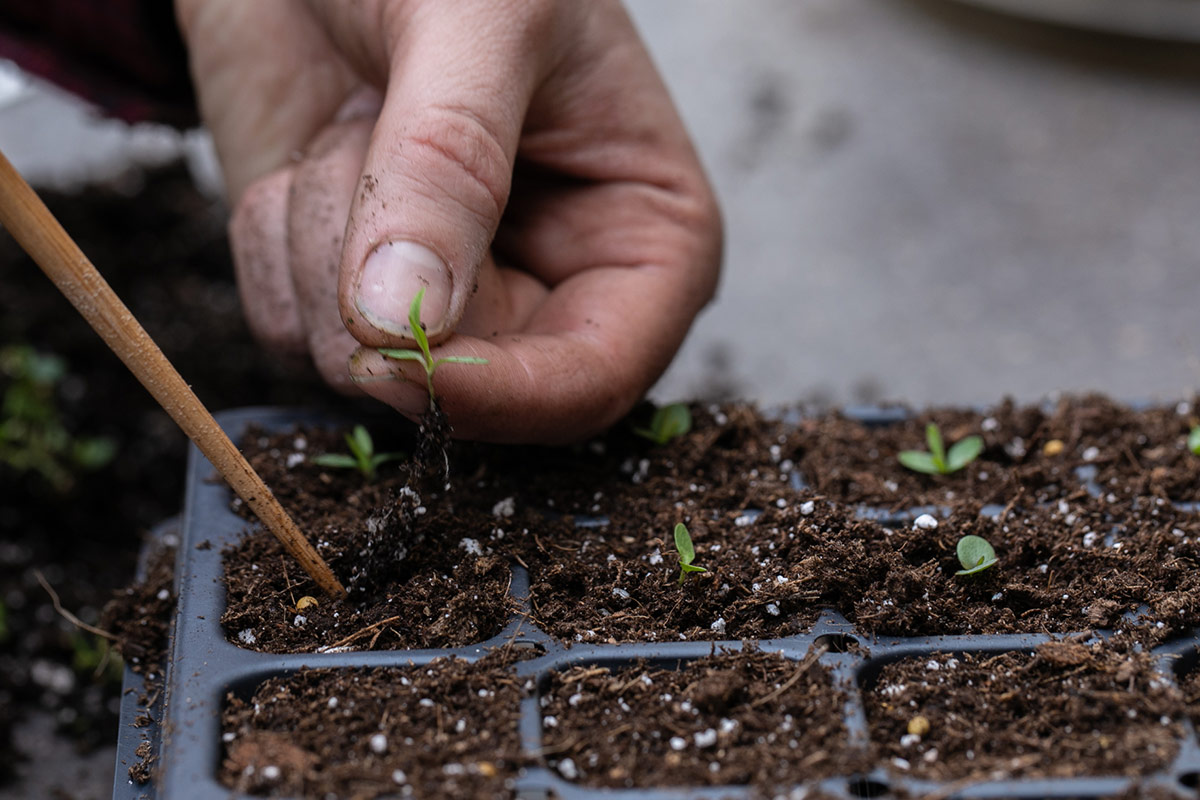
Get in on seed culture
If you have never grown your own plants from seed, it’s time to give it a try. The number of varieties available by seed versus those available at your local retailer are simply incomparable. For this reason, doing your own propagation is not just a matter of thrift or bragging rights; it’s a design consideration. As with all things, there is a learning curve, but it’s probably much easier than you think. Moreover, seed starting is fun! Browsing seed catalogs gives you a head start on your design schemes and builds anticipation for the season to come. If you don’t have a protected propagation space set up, test the waters by sowing varieties that can go straight into the ground. Reliable candidates for direct-sowing include annual flowers such as larkspur (Consolida ajacis), sunflowers (Helianthus annuus and cvs.), dill (Anethum graveolens), and cosmos (Cosmos bipinnatus cvs.), along with many vegetables. Whichever varieties you choose, the plants you raise from seed are sure to set your garden apart from your neighbors’.
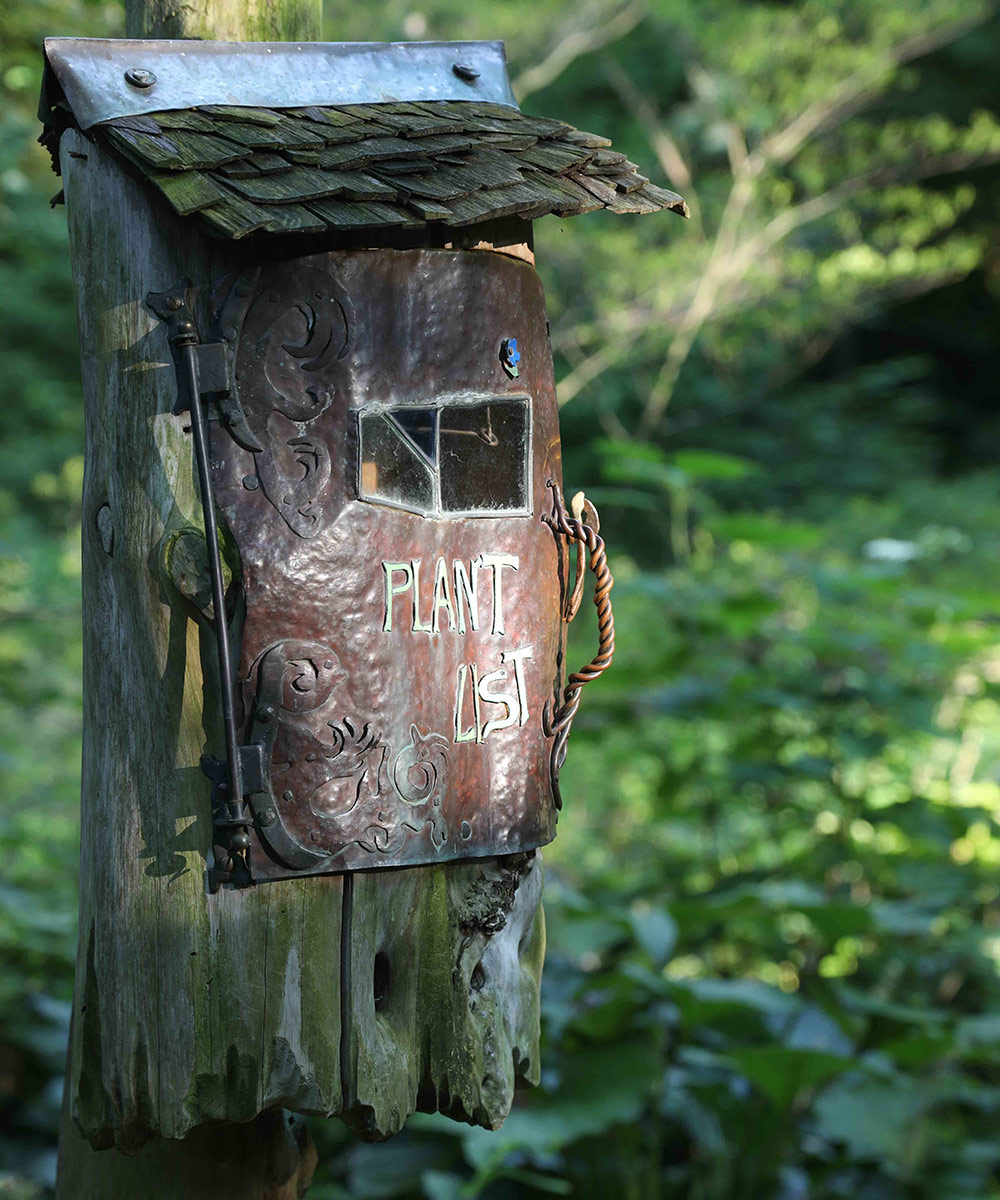
Employ craft as code
Sometimes the most personal and memorable touches in the garden are the ornaments. Railings, furniture, sculptures, and even plant labels, should you choose to have them, can be helpful in establishing the mood of a garden. In fact, these elements can act almost as a cipher for your horticultural intent. Recycled natural materials will likely correlate with an ecological or “wild” bent in the garden; clear and organized labels will harmonize with fastidious manicuring. Particularly to those unfamiliar with landscape vocabulary, these elements prove to the visitor that our choices are not accidental, that there’s a personality to be decoded. Use winter to contemplate your garden’s spirit, and consider what you can create to enhance its atmosphere. The best materials are often already close at hand.
—Timothy Erdmann is an assistant horticulturist at Chanticleer garden in Wayne, Pennsylvania.

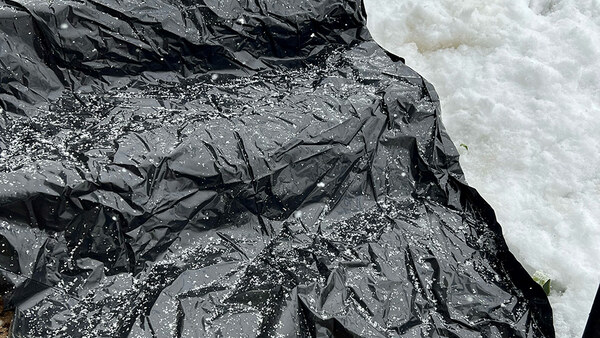















Comments
Log in or create an account to post a comment.
Sign up Log in